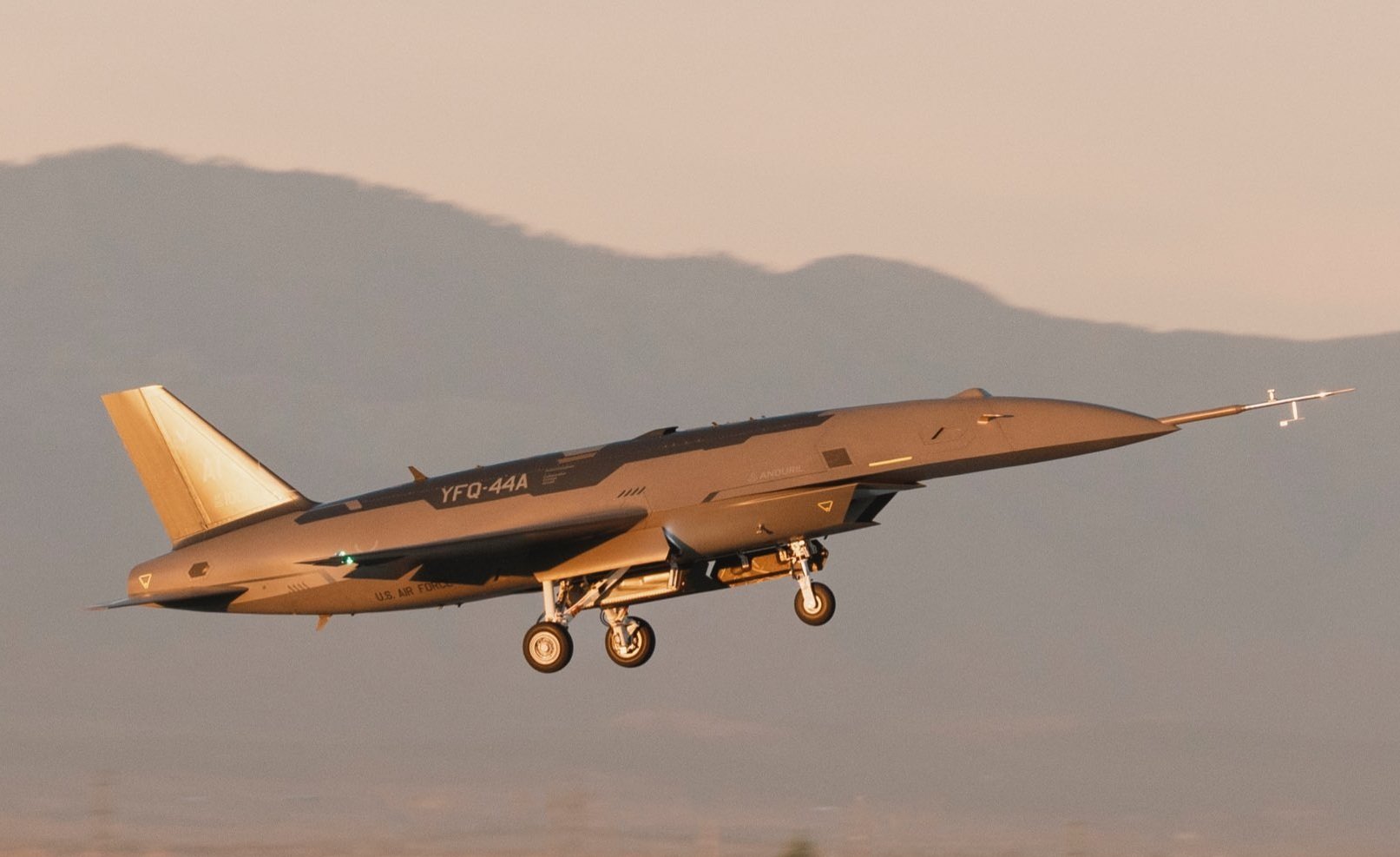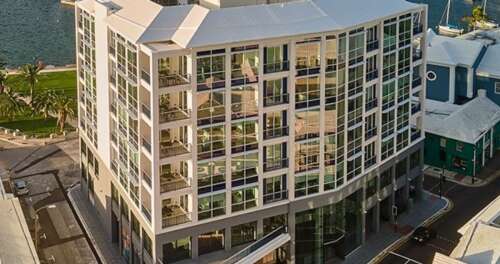Copyright defence-blog

Anduril’s YFQ-44A has begun flight testing under the U.S. Air Force’s Collaborative Combat Aircraft (CCA) effort, a step the service and the company say will shape requirements, reduce risk, and refine manned-unmanned teaming concepts. Office of the Secretary of the Air Force Dr. Troy E. Meink said: "Today, the U.S. Air Force made continued progress in our CCA program with the first flight of the YFQ-44A developed by Anduril. This milestone shows how competition drives innovation & accelerates delivery. It also gives us the hard data we need to shape requirements, reduce risk, and ensure the CCA program delivers combat capability on a pace and scale that keeps us ahead of the threat." According to the company, the history of military aviation is defined by shifts—from piston to jet power and then to stealth—and the current shift is the integration of autonomy into fighter operations. The YFQ-44A is intended to operate alongside crewed fighters or independently, with an emphasis on affordable mass and air superiority in contested environments. The company says flight testing is meant to validate not only speed, maneuverability, range, and weapons integration, but also the software and teaming behaviors that let multiple aircraft collaborate to achieve mission objectives. Anduril says the aircraft went from clean-sheet design to first flight in 556 days, arguing that rapid iteration is essential to meet evolving threats. In a statement, Anduril said YFQ-44A is semi-autonomous from first flight. The aircraft executes a mission plan on its own, manages flight control and throttle independent of human command, and returns to land at the push of a button with an operator “on the loop” but not in it. The company adds that the integrated weapon system processes data at combat speed to identify targets and command effects, while the software backbone tracks maintenance and vehicle health to keep the fleet ready. The aircraft’s development is tied to a production approach focused on scale. The company says it will leverage a common software backbone called ArsenalOS, mature manufacturing methods, and a broad labor pool rather than exotic techniques. YFQ-44A is slated to be the first program entering Arsenal-1, a five-million-square-foot facility in Columbus, Ohio, with prototype production targeted for the first half of 2026. Meanwhile, Anduril says it has already more than doubled manufacturing speed by optimizing processes and refining the design for producibility. For context, Anduril frames the program as both a technical and industrial challenge, arguing that capacity and speed-to-ramp are now as decisive as performance. The company’s position is that autonomy, teamed with affordable mass, can deter conflict by putting more capable aircraft on the ramp faster. If CCA matures on the schedule described, commanders gain options to distribute risk and expand magazine depth by pairing crewed fighters with autonomous aircraft. That affects procurement priorities, basing, and training; it also raises policy questions around command and control and weapons employment authorities for semi-autonomous systems. The test campaign will show whether rapid prototyping can be translated into repeatable, high-rate production that keeps pace with threat timelines.



